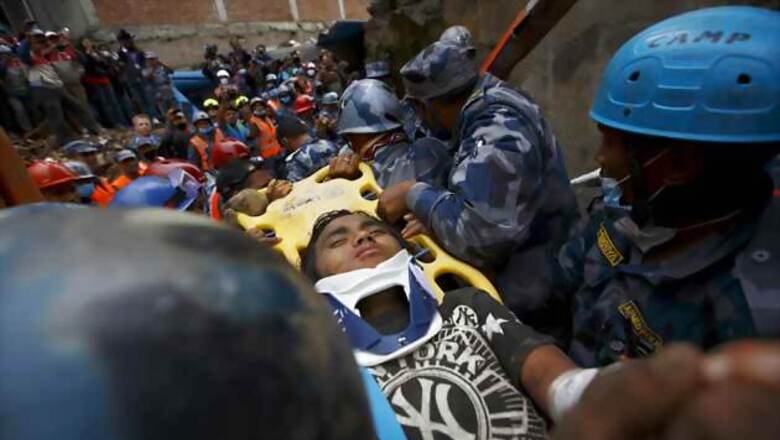
views
Kathmandu: Rescuers pulled a 15-year-old boy alive from the rubble of Nepal's massive earthquake on Thursday, five days after the disaster which is now known to have killed more than 5,500 people.
The teenager's rescue from the ruins of a collapsed building in Kathmandu provided a rare moment of joy as relief coordinators warned it could take five days to reach some of the worst hit areas, accessible only by foot.
The United Nations launched an appeal for $415 million in aid from the international community while President Barack Obama vowed the United States would do everything in its power to help the devastated nation.
Nepalese authorities also announced that climbing would resume on Mount Everest next week despite the deaths of 18 people on the world's tallest mountain in an avalanche triggered by the earthquake.
Grainy broadcast footage showed a crowd of rescuers trying to bring the youngster out of the rubble of a guesthouse in the Gongabu district of the ruined capital before police confirmed he had been pulled out.
"A 15-year-old boy has been rescued from the rubble of a lodge called Hilton Guesthouse," said police spokesman Kamal Singh Bam. "We are awaiting more detail," he added, identifying the boy as Pemba Lama.
The mud-caked teenager was fitted with a neck brace and hooked up to an intravenous drip at the scene before being lifted on a stretcher into an ambulance that then raced to hospital.
The news was likely to reinvigorate the efforts of rescuers who have had to contend with regular shocks and rain which makes it harder for sniffer dogs to work out if anyone is alive below the mountains of concrete.
The mood in Kathmandu has become increasingly grim since Saturday's 7.8-magnitude quake, the deadliest in Nepal for more than 80 years.
After desperate Nepalis clashed with riot police and seized supplies of bottled water on Wednesday, the government acknowledged that it had been overwhelmed by the scale of the crisis.
In a phone call to Nepal's Prime Minister Sushil Koirala, Obama said the US would do "all it can" to aid the relief effort, the White House said.
Only accessible by foot
Launching an appeal for $415 million in aid, the UN said it would be take a marathon effort to help the people of one of Asia's poorest countries.
"This will be a long drawn-out affair. It will be a three-month exercise to address the relief needs, then it will turn into a recovery process and a reconstruction process," said UN resident coordinator for Nepal, Jamie McGoldrick.
The UN said there were "significant logistical challenges" in responding to such a large-scale crisis in hard-to-reach, mountainous areas.
Many of the communities worst affected by Saturday's quake are in remote areas of the Himalayas that rescuers have not been able to reach.
In its latest situation report, the UN said that search and rescue (SAR) was still limited outside of the Kathmandu Valley.
"Some villages can only be reached by foot with some areas taking up to four to five days to reach. Fuel to transport SAR teams is limited," it said.
"There is a need to prioritise restoration of communications infrastructure, casualty management and basic relief in remote areas."
Around 70,000 houses have been destroyed and another 530,000 damaged across 39 of Nepal's 75 districts, the UN said.
The latest official toll from Nepal's National Emergency Operation Centre put the number of dead at 5,489 and more than 10,000 are known to have been injured.
The impact also caused death and destruction in neighbouring countries such as India and China where more than 100 people were killed.
Fresh tremors
Although the number of aftershocks since Saturday's quake has subsided, fresh tremors were felt in Kathmandu overnight.
Some people who had spent the past four nights camped out in the open for fear of aftershocks spent their first night back home.
But a significant number are still living on the roadside or open ground, according to AFP correspondents in the ruined capital, which is normally home to some 2.5 million people, including many migrant workers.
"I don't know how long we are going to do this. How long can we live on the street?" said Rajina Maharjan after another night camped out in a tent outside her house with her husband, in laws and a four-year-old son.
"We might return home in a few days, see how we can fix it and feel safe it in. It is raining on and off, we have old people and a child to take care of," added Maharjan, a shopkeeper.
Hundreds of thousands of residents have fled the city since Saturday, fearing aftershocks and wanting to inspect the damage back in their families' villages.
Signs of normal life were returning Thursday to Kathmandu, with shopkeepers opening, some for their first time since the quake, and vegetable vendors laying out bags of produce before dawn at devastated Durbar Square.
The government acknowledged it had been overwhelmed.
"The disaster has been so huge and unprecedented that we have not been in a position to meet the expectations of the needy people," Communications Minister Minendra Rijal told Nepal's Kantipur Television.










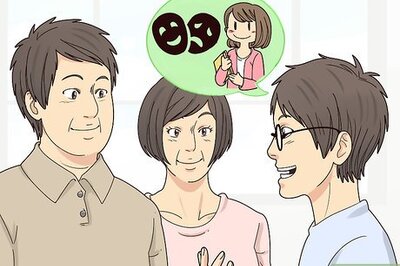





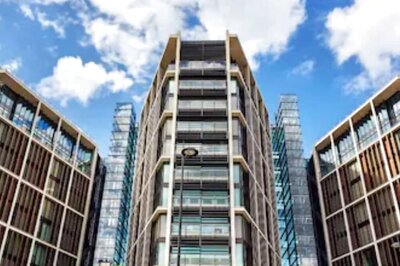
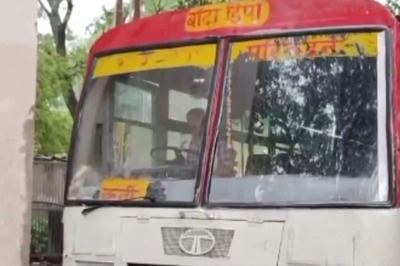

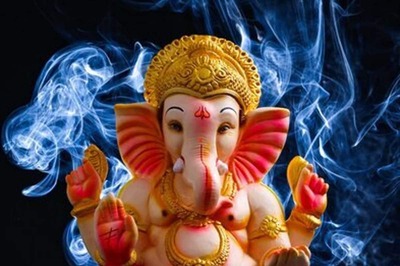
Comments
0 comment